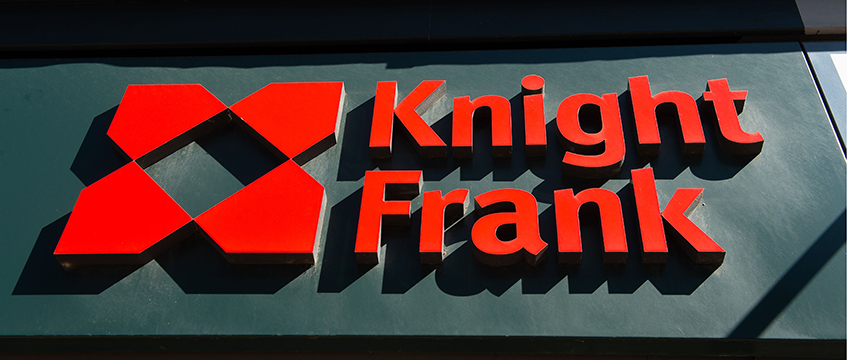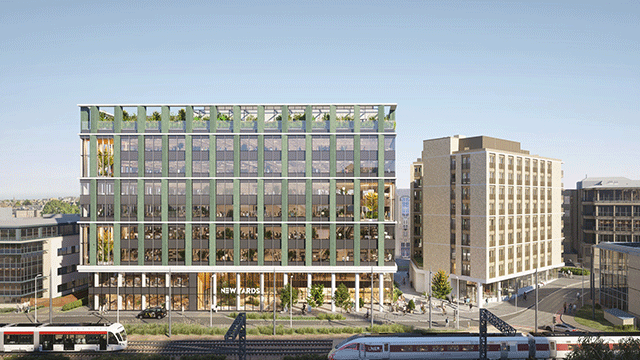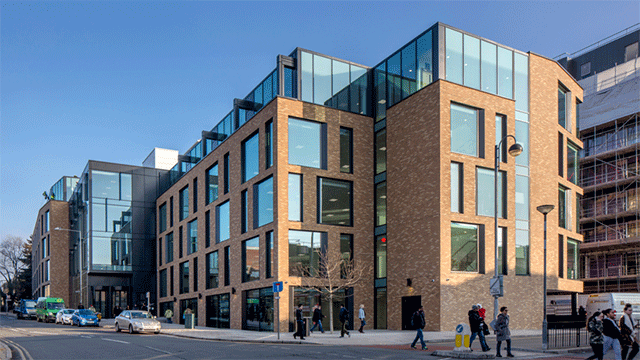COMMENT The UK’s senior living sector presents a compelling investment opportunity despite recent economic turbulence.
While overall investment volumes unsurprisingly slowed a little last year, interest is rising sharply from both local and global investors who recognise senior housing’s defensive attributes. Its stable, inflation-linked cash flows make it resilient in downturns and a smart inflation hedge.
Three factors underpin the sector’s growth potential. First, demand is rising rapidly as the UK’s population ages, while constrained supply persists. Just 3% of new UK homes target seniors, even though this demographic drives most population growth. With chronic undersupply projected for decades to come, the limited competition presents scalable opportunities for investors to meet surging demand.
Second, the market remains under-institutionalised compared with other areas of real estate – even, for example, the more mature areas of the living sectors such as build-to-rent and student property. For investors, this presents low barriers to entry and enables consolidation through acquisition. As investors gain experience, partnerships with specialised operators are likely to increase. Several global institutions are already pursuing this model to systematically access pipelines and leverage operators’ real estate expertise.
Third, meeting the housing needs of our seniors with high-quality, environmentally sustainable communities delivers strong ESG credentials. This aligns with growing asset allocation to ethical investment strategies amid rising ESG consciousness.
Easy to predict
Additional powerful factors include elderly people’s substantial housing wealth and their propensity to spend on lifestyle. The over-55 population holds 78% of all home equity, with 94% owning outright. Rightsizing into purpose-built communities is increasingly attractive for this cohort, as inheritance planning accelerates intergenerational wealth transfer.
The sector’s cash flows are far more predictable than those of traditional real estate, with minimal vacancy risk. Seniors have long tenures, averaging between four and seven years, while rental agreements provide an inflation hedge through RPI escalators. Capital values similarly outperform mainstream residential real estate over time by 3-4% annually. These inherent traits limit margin compression, translating into stable, durable income streams.
By comparison, the overall cash flow stability and defensive characteristics resemble the healthcare sector, traditionally seen as a defensive play. However, senior housing lacks exposure to care regulation, concentrating risk in operators’ core real estate competency. This combination of predictable cash flows, inflation protection and limited regulatory risk creates a risk-return profile unlike any other property type.
Development activity has shown resilience despite construction cost inflation, underscoring lenders’ confidence in underlying demand. Construction lending remains widely available, while attractive loan-to-cost ratios recognise inherent sector strengths. Lenders continue to expand debt options, providing the financing stability for ongoing supply growth amid volatility. Access to flexible financing enables developers to sustain delivery of new stock, gradually expanding future income streams as rising demand is met.
Unique value proposition
While construction cost inflation and housing market concerns persist, these challenges are not unique to senior housing. More importantly, the supportive fundamentals remain intact: high demand, constrained supply, embedded inflation protection and minimal regulatory risk.
As the sector matures and policymakers recognise systemic benefits, the fundamentals of the sector will strengthen further. Rightsizing seniors frees up under-occupied family homes and reduces care system burdens. And institutional capital remains under-allocated, signalling abundant room for growth. With experience, investors consistently achieve premium risk-adjusted returns.
Those investing today can capitalise on more favourable valuations before inflation abates and tailwinds accelerate. In coming years, population ageing, chronic undersupply and limited competition will drive durable growth. When combined with defensive cash flow traits, senior housing offers a truly unique value proposition for property investors seeking alternatives to traditional strategies.
Tom Scaife is head of seniors housing at Knight Frank
Photo © Knight Frank
Share your feedback











